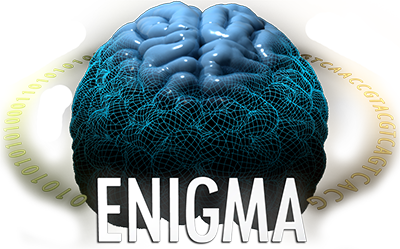

The hippocampal formation plays an important role in episodic memory, and is implicated in a variety of neurological and psychiatric disorders. Individual subfields of the hippocampus have been associated with distinct aspects of memory formation; for example, dentate gyrus granule cells and CA3/CA4 pyramidal cells are critical to declarative memory acquisition, whereas the CA1, subiculum and entorhinal cortex are involved in disambiguation during working memory processes. Until recently, delineation of these hippocampal subfields for further analysis depended upon laborious manual segmentation methods. A number of automated segmentation techniques, including the widely-employed FreeSurfer ‘-hippo-subfield’ algorithm, now offer the ability to efficiently detect hippocampal subregions using fully automated, noninvasive in vivo neuroimaging. The FreeSurfer algorithm employs Bayesian inferences from ‘prior’ probabilistic atlases to predict the location of hippocampal subfield voxels and has shown strong correlations with manual delineations.
ENIGMA is currently examining the test-retest and trans-platform reliability of the most recent FREESURFER algorithm (version 6.0), with an aim to circulate standardized subregion segmentation protocols based on this algorithm in the coming months.
We hope to perform sub-region segmentation across a number of disease working groups, including ENIGMA-Major Depressive Disorder and ENIGMA-Epilepsy.
For further information, please contact Philipp Sämann, Christopher Whelan or Theo van Erp.
ENIGMA on social media: